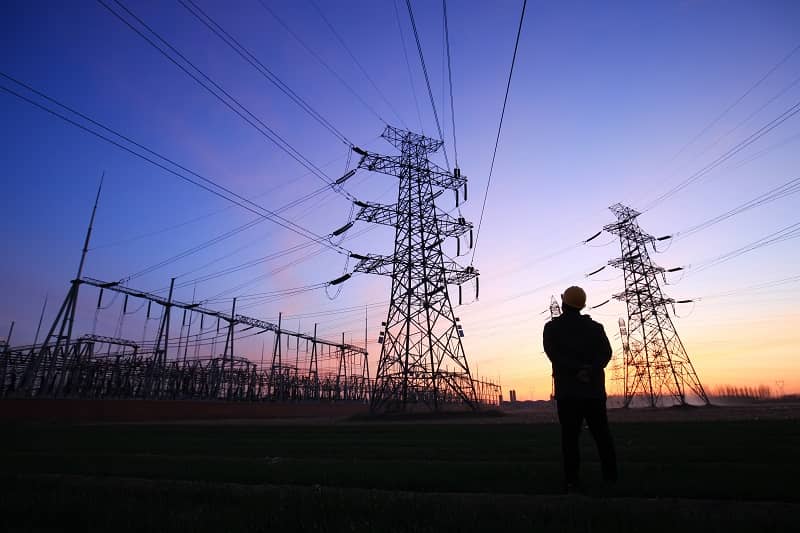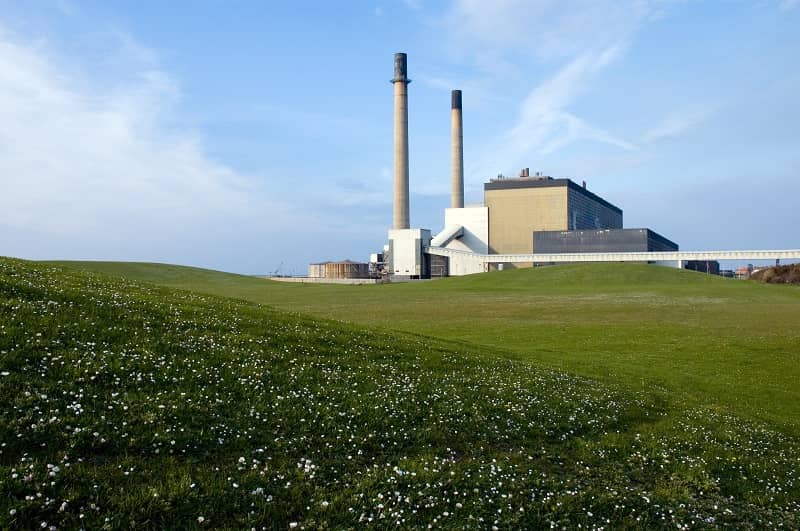PORTLAND, Oregon—Because of its variable nature, wind energy is not suited to be the lone or primary source of a grid’s total electricity, according to a new Cascade Policy Institute–Reason Foundation study. If used to produce more than 10-20 percent of a system’s electricity, wind power increases operating costs, due to the need for expensive storage facilities or continuously available CO2-emitting backup power generation facilities.
In the Pacific Northwest, the backup mostly has been provided by the Columbia River hydro system. However, since hydroelectricity has even less CO2 associated with it than wind power does, displacing hydropower from the electricity grid in favor of wind is actually a step backwards―if reducing greenhouse gas emissions is a policy objective, as it has been for Oregon legislators.
The new Cascade Policy Institute–Reason Foundation report uses a full year’s worth of hour-by-hour power grid data from PJM Interconnection, which manages the electrical grid in part of the Eastern United States, to simulate how wind would have supplied the necessary power to customers in 2009. The models show wind power would have failed to supply all the electricity PJM customers needed over 50 percent of the time.
Thus, if wind were to produce a large percentage of a grid’s electricity, it would be necessary to build expensive energy storage facilities, or to reserve power generation facilities to supply power, when there is insufficient wind to meet energy demands at any given time and to prevent brownouts and blackouts.
“Consumers will have to pay twice for power, since they will be supporting two duplicate generation systems,” said Cascade Policy Institute President and CEO John A. Charles, Jr.
The study shows that as more reserve power is needed, the environmental benefits of wind power decrease due to the C02 emissions from those facilities, which rely on fossil fuels and must operate even when not being used, in order to ensure reliability of the electrical grid.
In the future, the hydro system will be over-committed due to salmon mitigation requirements; thus, natural gas will have to be the backup for unreliable wind. Since gas-powered generators must be kept running 24 hours per day even if no electricity is required (the so-called “spinning reserve” mode), this practice will dramatically increase total energy consumption and greenhouse gas emissions for the region.
The study concludes that, given the costs involved, the practical upper limit for wind power’s contribution to the electricity grid is 10% of the total energy mix. This would result in a 9% reduction in CO2 emissions.
The current mania for wind power in Oregon is being driven by two factors: (1) subsidies to producers; and (2) SB 838 Renewable Portfolio Standards, forcing large utilities to procure 25% of their total power from politically designated “green power” sources by 2025. Both policies amount to a multi-billion tax on ratepayers, with net negative benefits for environmental quality.
“Very high wind penetrations are not achievable,” said William Korchinski, author of the Cascade Policy Institute–Reason Foundation study. “As wind’s share increases, system reliability will be adversely affected disproportionately—unless adequate reserve power is available. That power reserve is expensive and lowers any possible environmental benefits.”
“As this study shows, policies favoring wind power are a mistake,” Charles concluded. “Oregon policy makers should repeal SB 838 and all wind power incentives in 2013.”
Full Study Online
“The Limits of Wind Power” is available online here.
About Reason Foundation
Reason Foundation is a nonprofit think tank dedicated to advancing free minds and free markets. Reason Foundation produces respected public policy research on a variety of issues and publishes the critically acclaimed Reason magazine and its website www.reason.com. For more information, please visit www.reason.org.
About Cascade Policy Institute
Founded in 1991, Cascade Policy Institute is Oregon’s premier policy research center. Cascade’s mission is to explore and promote public policy alternatives that foster individual liberty, personal responsibility, and economic opportunity.
To that end, the Institute publishes policy studies, provides public speakers, organizes community forums, and sponsors educational programs. For more information, visit www.cascadepolicy.org.











